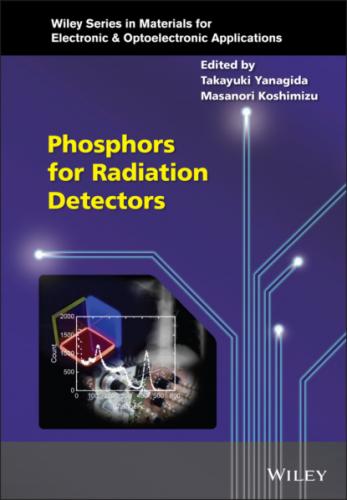Equation (1.38) represents a first‐order kinetics, and if the order is higher than 1, Equation (1.38) changes to
where b is an arbitrary order. Generally, if we can assume E ≫̸ kT and T0 = 0, then
When we combine Equation (1.40) with Equation (1.38),
When we differentiate Equation (1.38) and assume it is equal to 0, it means there is a glow peak in the TSL glow curve. By using the glow peak temperature Tm, we can obtain the relationship
When we combine Equation (1.43) with Equation (1.41), we obtain the relationship
where Δ = 2kT/E. If we combine Equation (1.42) with Equation (1.41), we obtain a maximum TSL intensity of
(1.45)
and the equation of
where Δm = 2kTm/E. If we combine Equation (1.46) with Equation (1.44), we obtain
(1.47)
and
(1.48)
Equation (1.8) is a glow curve deconvolution function (GCD) of first‐order kinetics. In the case of second‐order kinetics (b = 2), Equation (1.39) becomes
When I(T) shows the maximum, we can obtain equations such as
(1.50)
and
If we combine Equation (1.51) with Equation (1.49), the TSL intensity can be expressed as
When the TSL intensity shows the maximum Im, Equation (1.49) can be rewritten as
When we combine Equation (1.52) with Equation (1.54), the maximum intensity can be expressed as
(1.55)
and relationship of
is deduced. Finally, if we combine Equation (1.56) with Equation (1.53), we obtain the equation on the second‐order kinetics of
(1.57)
In addition to these standard analysis, analogical consideration of TSL efficiency with scintillation is considered as
(1.58)
where ηtrap, S′, and ηesc are the trap efficiency of carriers at trapping centers, carrier transfer efficiency to luminescence centers, and a probability that emitted photons are not absorbed in
